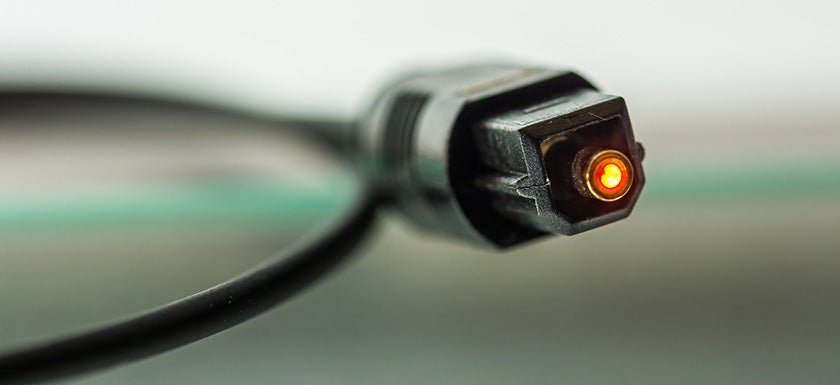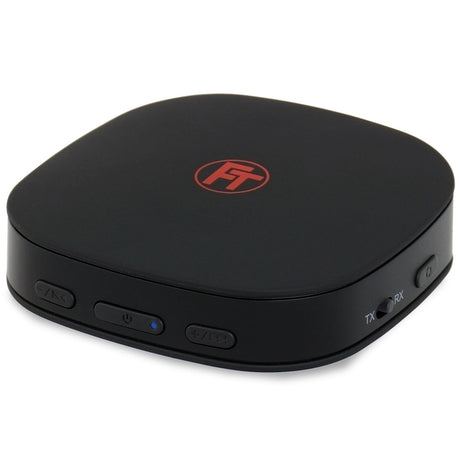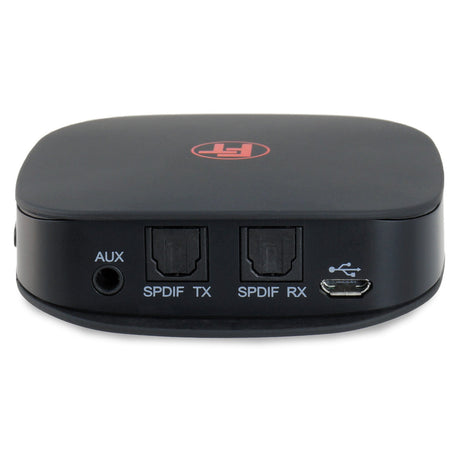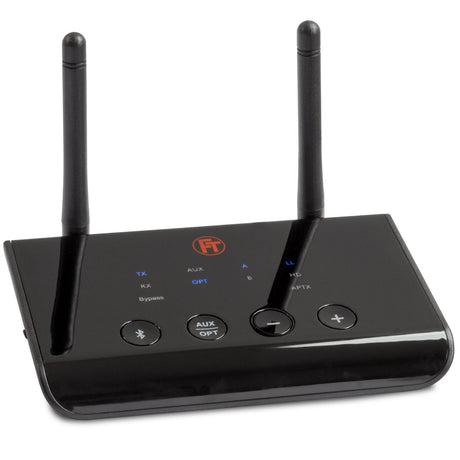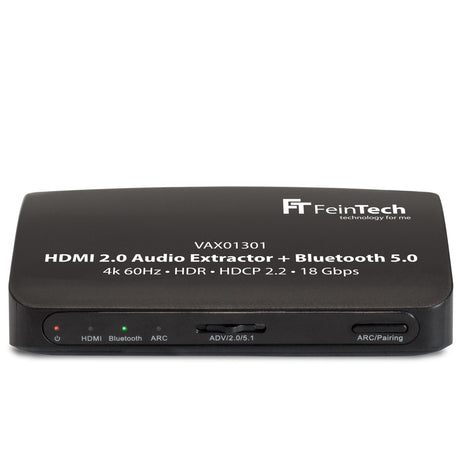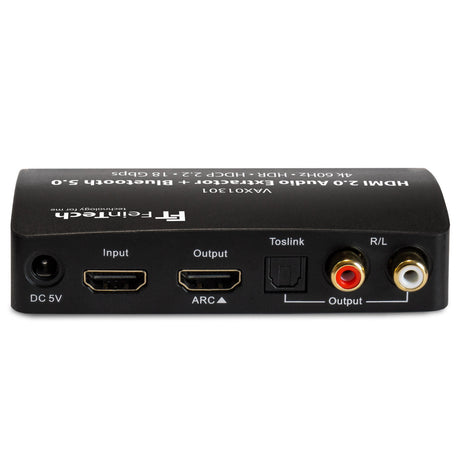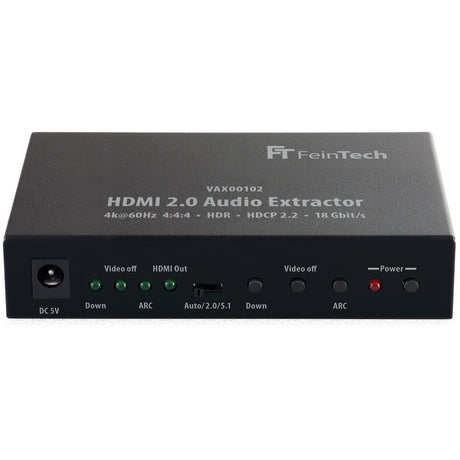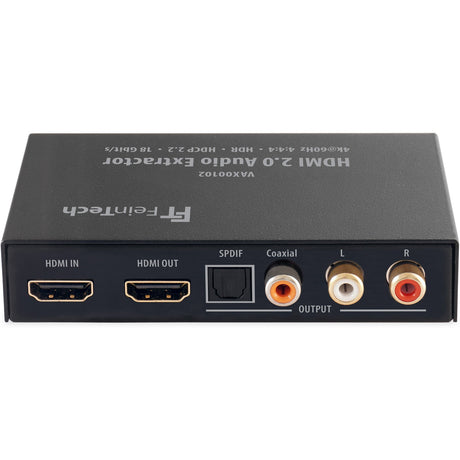TOSLINK (abbreviation for Toshiba-LINK) is a system originally developed by Toshiba in 1983 for the digital transmission of audio signals. For the connection, Toslink uses an optical fiber made of plastic, which provides an optical connection. The digital sound signals are thus converted into light. The diameter of this light guide is typically 1 mm. This is large compared to fiber optics and no laser has to be used to generate the light. One LED is enough. The practical range is only about 10 m, but the system is quite cheap.
This optical transmission is closely related to the so-called coaxial digital audio transmission, which uses an electrical connection via a cinch connector. Use both methods SPDIF , the Sony/Philips Digital Interface. Hence the designation SPDIF also used for optical audio transmission.
The digitally transmitted signal usually has no volume that could be adjusted on the player. Loud and quiet can only be set once the digital audio signal has been converted into an analogue one. So if you use the Toslink output on the TV to connect a sound system, the TV volume control initially has no effect. However, better television remote controls have the option of generating suitable infrared control commands. This means that the sound system can then be controlled via the TV remote control - provided there is an infrared remote control.
Advantages of Toslink:
- Small cable diameter
- Digital transmission for stereo, Dolby Digital (AC3) or DTS (5.1 sound formats)
- No electrical connection, therefore no humming at different ground potentials of the devices (ground loop)
- Comparatively cheap with good quality
Disadvantages of Toslink:
- No volume control on the signal source
- No transmission of HD audio such as Dolby Digital Plus, Dolby Atmos or DTS-HD due to insufficient bandwidth
- Cannot transfer data to synchronize with a video signal
- Possible latency (delay), so the sound can be slightly time-delayed to the video (it doesn't matter for pure audio transmission)
- Larger bending radius of the cable, no sharp kinks possible

